Red Borneo Kratom is a unique strain of the Mitragyna speciosa tree, native to the island of Borneo. This tropical...
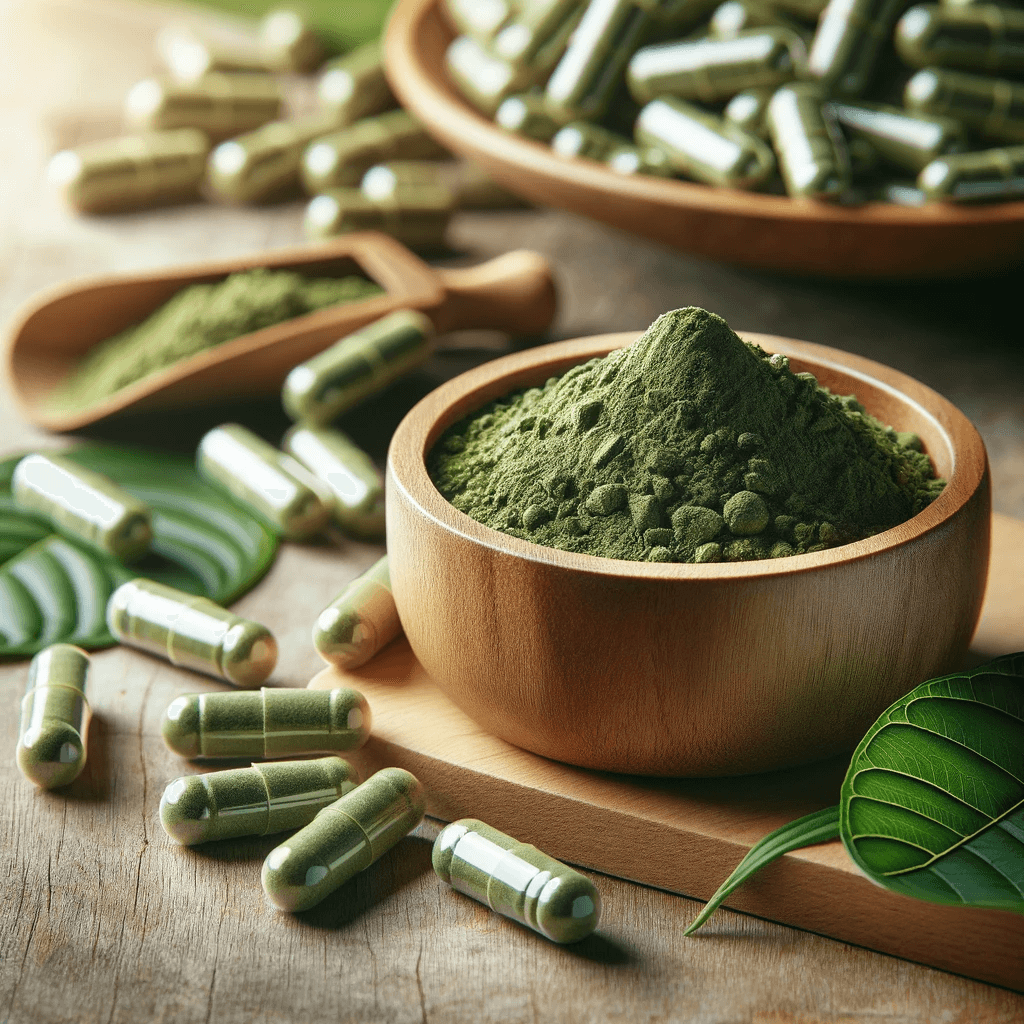
Malaysian Kratom: An In-Depth Look at Harvesting Practices For Kratom
Kratom, scientifically known as Mitragyna speciosa, is a tropical tree in the coffee family native to Southeast Asia. The leaves of the Kratom tree have been used for centuries for their stimulant and sedative properties. Among the many varieties of Kratom, Malaysian Kratom stands out as a uniquely balanced strain. Grown in the fertile tropical climate of Malaysia, Malaysian Kratom is treasured for its harmonious blend of stimulating and relaxing effects.
This article will provide a comprehensive look at Malaysian Kratom cultivation, with a special focus on harvesting practices for Kratom. We’ll explore the growth cycle of Kratom trees, ideal conditions for cultivation in Malaysia, the systematic harvesting of leaves at different maturity levels, processing methods like indoor drying and fermentation, and quality control measures for sustainability.
Understanding Kratom Varieties and Malaysian Kratom
The Kratom tree can grow up to 100 feet tall in its native Southeast Asian habitat. Depending on the location and climate, the chemical composition of the leaves changes, creating distinctive strains. Some of the main varieties include:
-
Maeng Da: Energizing and stimulating
-
Bali: Mood-enhancing and calming
-
Malay: Mildly stimulating and sedative
-
Horned: Potent and fast-acting
Of these, Malaysian Kratom has earned popularity for its unique balanced properties. Indigenous tribes in Malaysia have used Green Malaysian Kratom for centuries during long hours of work because of its ability to boost energy and focus while also easing tension.
Compared to other strains, Malaysian Kratom is milder in its effects. It is known to provide a harmonious combination of stimulation and relaxation, which many have found to increase concentration, alertness, and stamina while reducing anxiety.
Environmental Conditions for Growth in Malaysia
The lush tropical climate and fertile soil of Malaysia provide ideal conditions for Kratom cultivation.
Soil Conditions
Kratom thrives in wet, humus-rich soil. A majority of plantations are along the rainforest belt, where the soil contains decaying vegetative matter that nourishes the Kratom trees. Farmers actively maintain and aerate the soil to allow robust root growth.
Temperature & Rainfall
Warm and humid conditions are perfect for the development of Malaysian Kratom leaves. Temperatures average from 77°F to 95°F year-round, with abundant rainfall, especially during monsoons. This high humidity encourages the growth of well-hydrated leaves.
Sunlight
While sunlight is essential for growth, Kratom cannot withstand direct exposure for extended periods. Farmers in Malaysia strategically cultivate Kratom under the canopy cover of large trees and taller plants, ensuring filtered sunlight for optimum growth.
The right amounts of shade, moisture, and nourishment from the soil allow the leaves to develop their signature scent and color which gives Malaysian Kratom its distinctive properties.
Systematic Harvesting Based on Maturity
Local Malaysian farmers have perfected specialized harvesting practices for Kratom leaves to reap at just the right time of maturity to guarantee quality. Through careful observation of leaf size and color, skilled cultivators can determine the perfect time for leaf plucking based on the maturity level.
Young Leaf Harvests
Young, immature leaves with pink veins are sometimes selectively plucked by expert pickers. Younger leaves contain lower quantities of active compounds and are usually dried and powdered exclusively for sale in local markets across Southeast Asia. Their effects may cause jitters due to the low concentrations.
Mature Leaf Harvests
Mature Malaysian Kratom leaves between one to two years old are considered ideal for harvesting. When leaves attain full size and the veins transition from pink to green to white, they signal peak maturity. The highest levels of mitragynine, 7-hydroxymitragynine, and over 30 other bioactive alkaloids can be achieved at this stage. These leaves are picked by trained pluckers and sold for private consumption and export.
Overmature Leaf Harvests
While generally not preferred, some Malaysian farmers allow Kratom tree leaves to age beyond two years before harvesting. This extra duration on the tree allows the leaves to accumulate oxidized tannins, providing a more sedating aroma and taste. However, the concentrations of stimulating alkaloids reduce during this extended aging. These over-mature dried leaves are usually blended with mature leaf powders.
Systematic Malaysian harvesting practices for Kratom ensure users get leaves with the ideal blend of essential Kratom alkaloids.
Specialized Leaf Plucking and Processing Techniques
To retain the signature freshness and quality of Malaysian Kratom, trained farmers hand-pick mature leaves without using any machinery or tools. Mitragynine levels start dropping immediately after the leaf is cut from the tree, so is careful attention paid until processing is complete.
Indoor Drying
Harvested leaves transported from plantations undergo a complex drying process within enclosed structures specially designed with drying racks or nets. Avoiding direct sunlight, the leaves are left to shed moisture slowly for several days. This protects the essential oil content and alkaloid concentrations leading to Malaysian Kratom Powder's characteristic freshness.
Fermentation Process
Some Malaysian farmers allow leaves to ferment for a short period before the drying phase. This kickstarts the conversion of mitragynine into the more potent 7-hydroxymitragynine, enhancing potency levels.
Grinding and Packaging
Finally, thoroughly dried leaves are coarsely or finely ground depending on customer specifications. Powdered Malaysian Kratom is packaged while still fresh to retain top quality.
With generations of cultivation knowledge, Malaysian farmers have honed specialized harvesting and processing skills to deliver a consistently balanced Kratom product to global consumers.
Quality Control and Sustainability Practices
With rising popularity across the world, Malaysian Kratom harvesting faces the challenges of meeting demand while also adopting sustainable practices.
Several types of quality control testing and sustainability measures are followed today:
Selective Harvesting
Skilled Malaysian Kratom harvesters only pluck the very best leaves from mature trees. Younger shoots are left alone to allow full plant growth.
Laboratory Testing
Reputable Malaysian vendors implement laboratory testing of Kratom batches for contamination, moisture levels, and mitragynine content before sales. This guarantees consumers receive authentic high-quality Kratom powder consistently.
Forest Rehabilitation
The Malaysian Kratom industry has proactively launched forest rehabilitation drives, planting 2 new Kratom saplings for every tree that gets harvested. This aids in reviving forest lands destroyed by illegal logging.
Such initiatives indicate the Malaysian Kratom business is committed to delivering the very best while also securing the future of this beneficial botanical through environmental conservation.
The rich tropical farmlands and forests have made Malaysia the perfect home for some of the world's finest Kratom vegetation. Generations of expertise in cultivating Mitragyna speciosa trees combined with heritage harvesting techniques have ensured Malaysian Kratom maintains its treasured stimulate-sedate balance.
Consumers looking for Kratom's natural benefits can try out quality-assured Green Malaysian Kratom powder from Speakeasy Kratom. Sourced directly from Indonesia, tested powders and capsules provide experiences consistent with traditional Malaysian Kratom use while also ensuring the sustainability of Kratom forests.

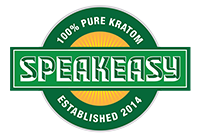
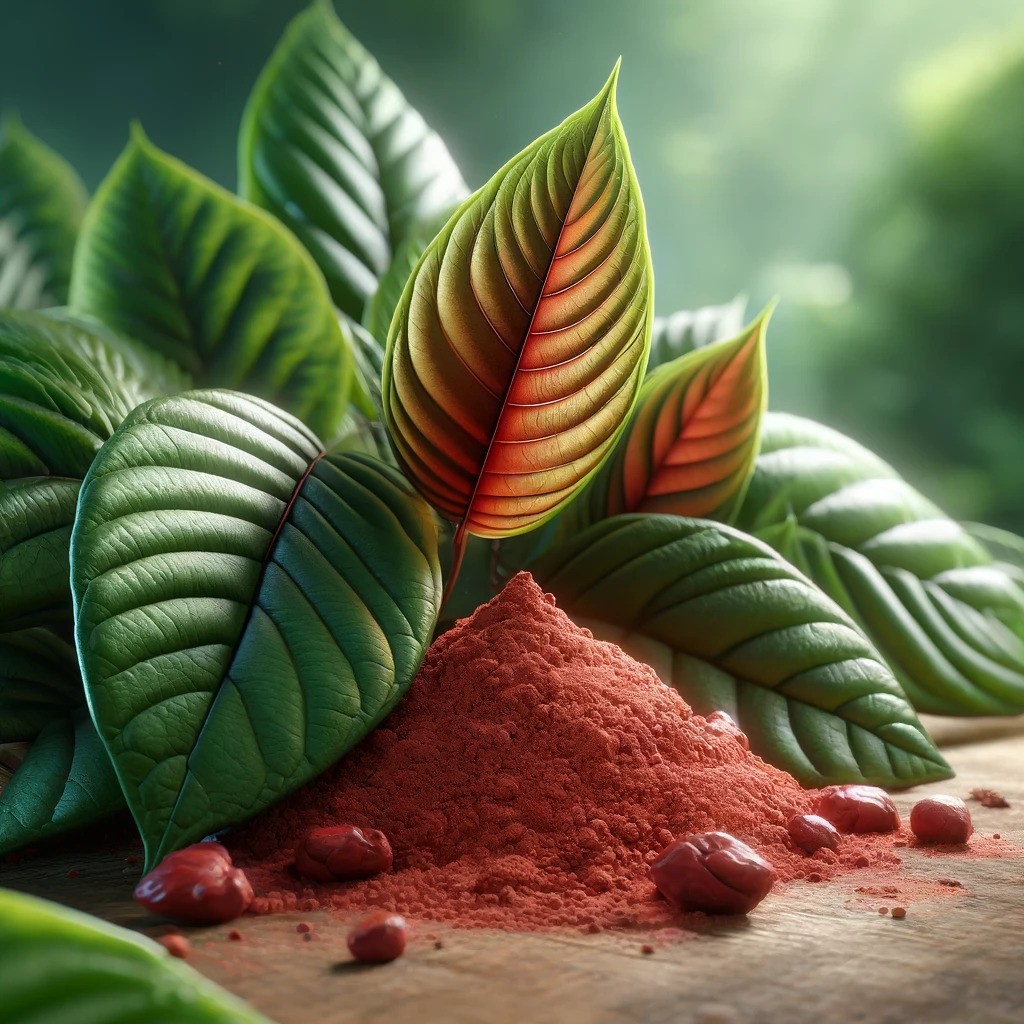
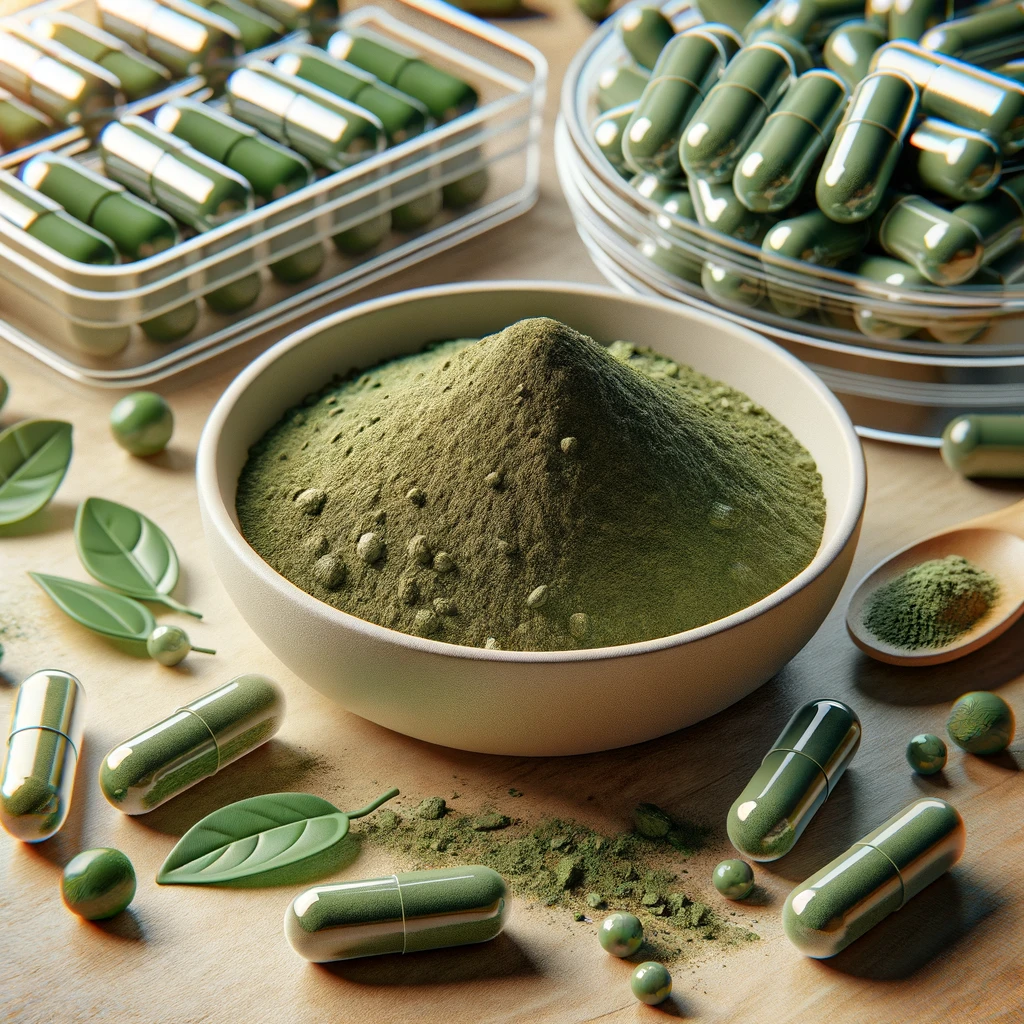
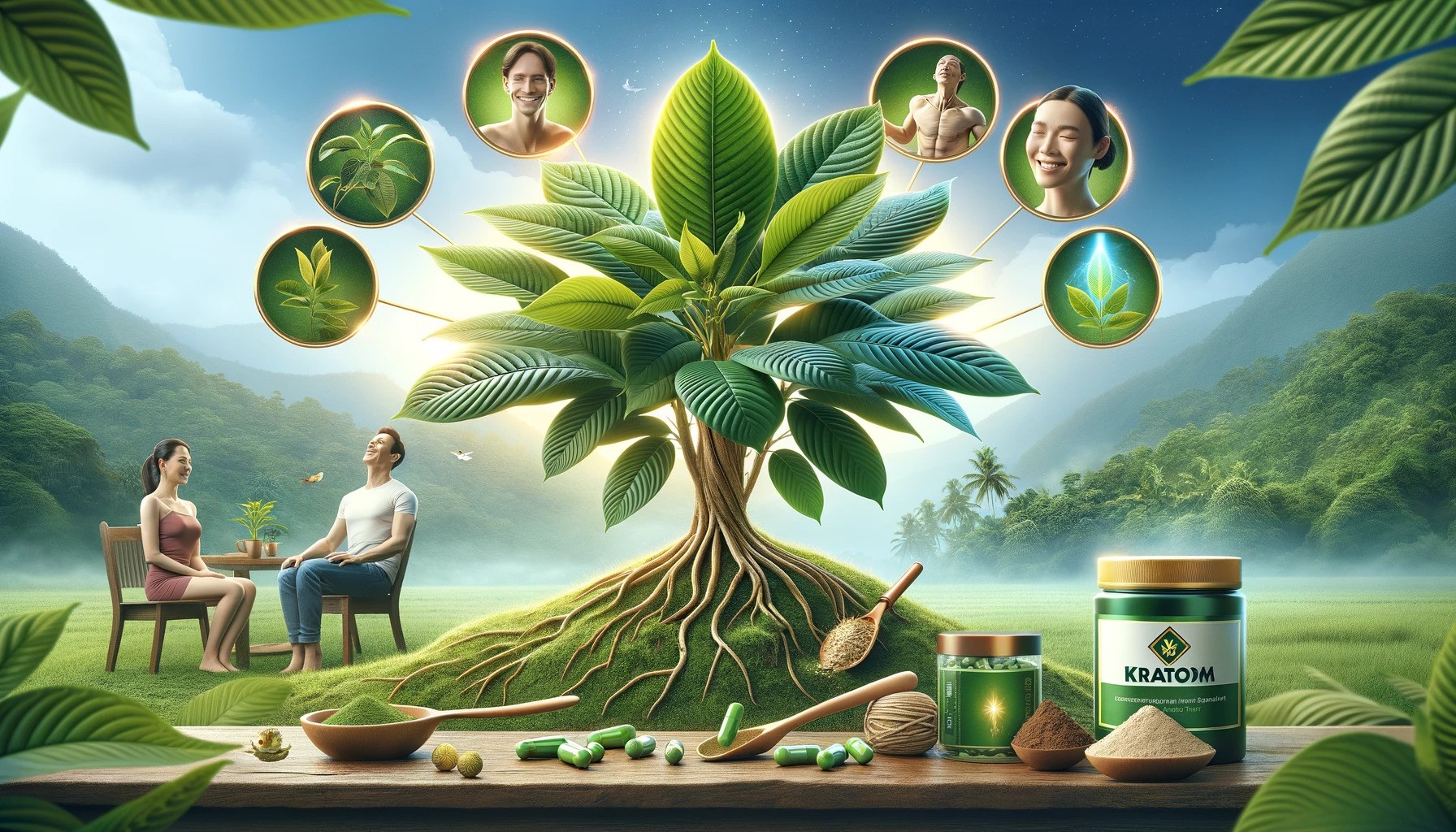

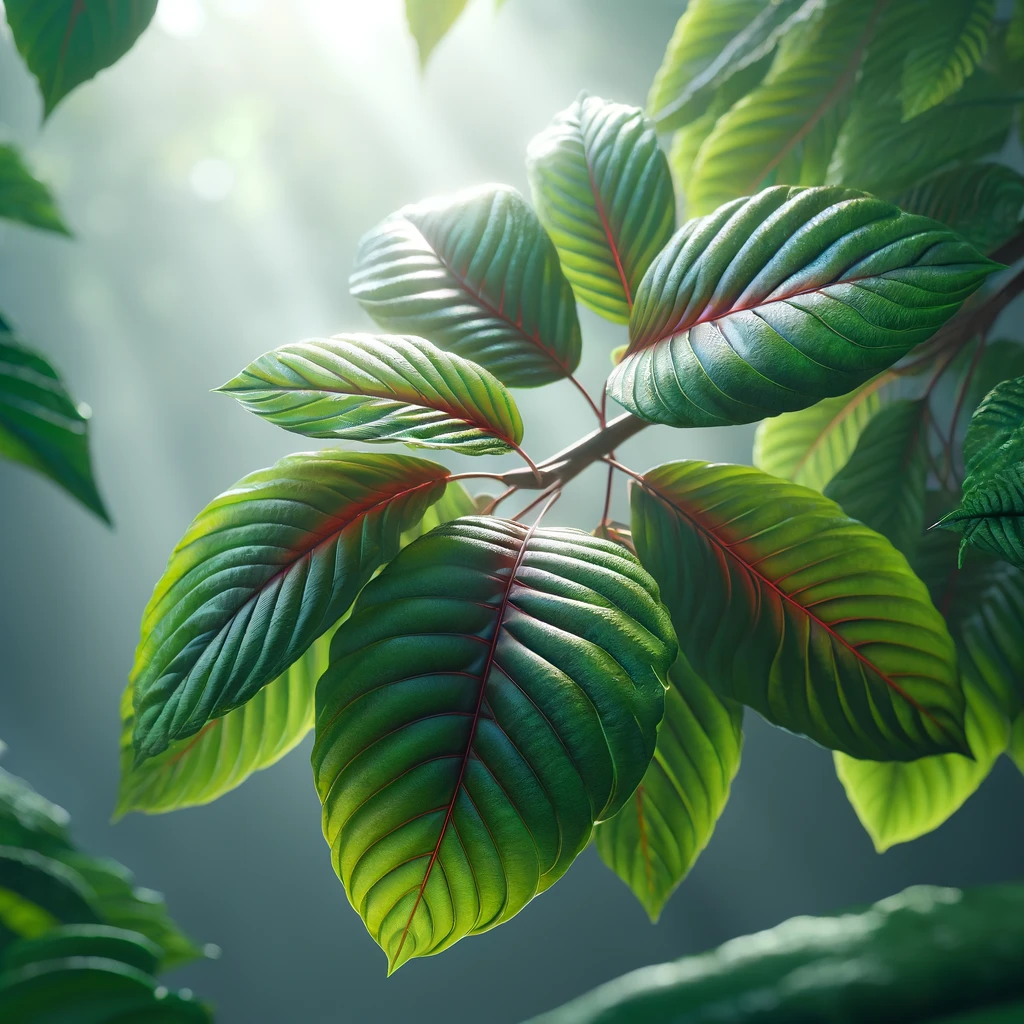
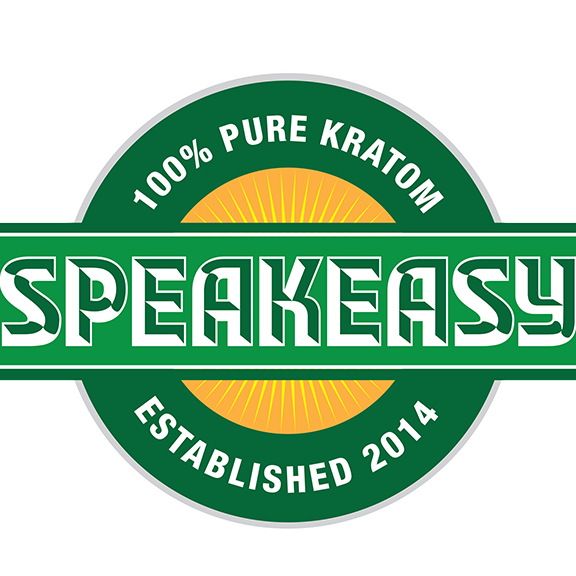
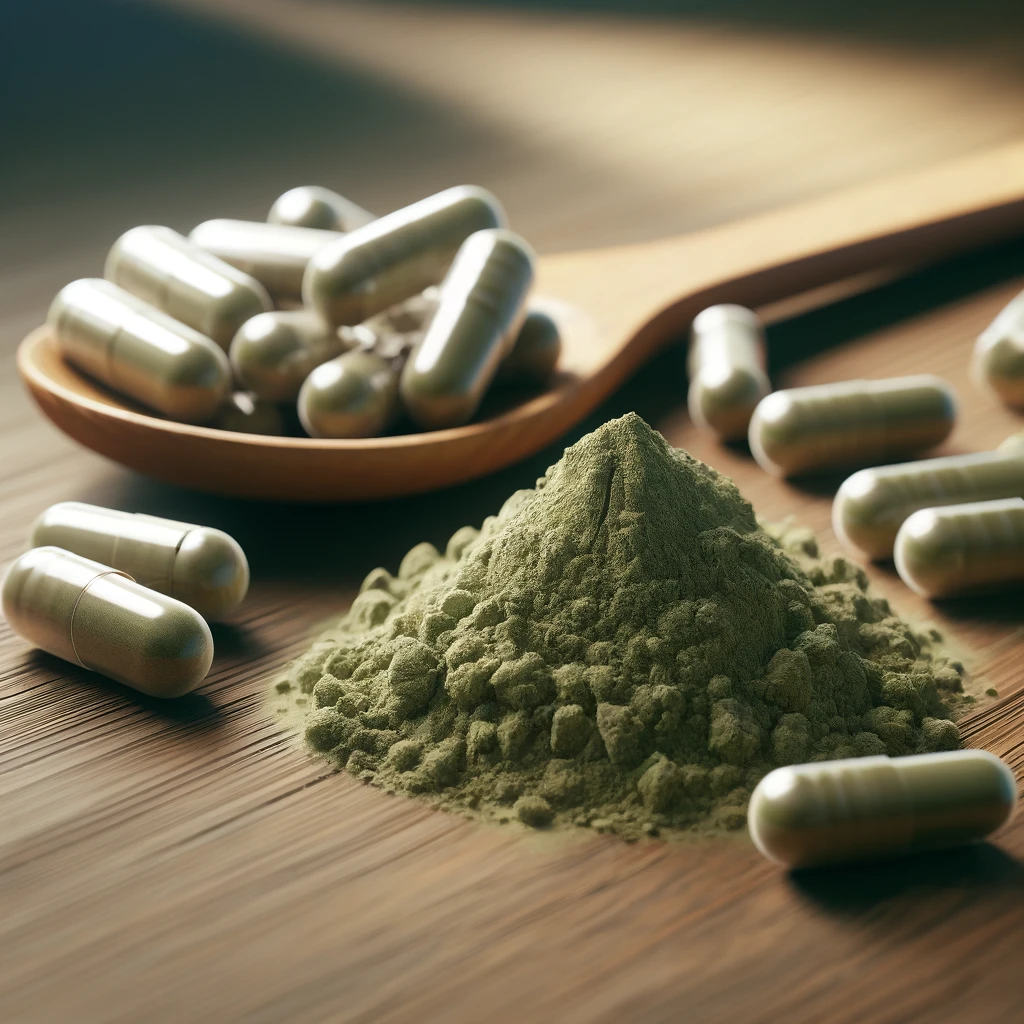
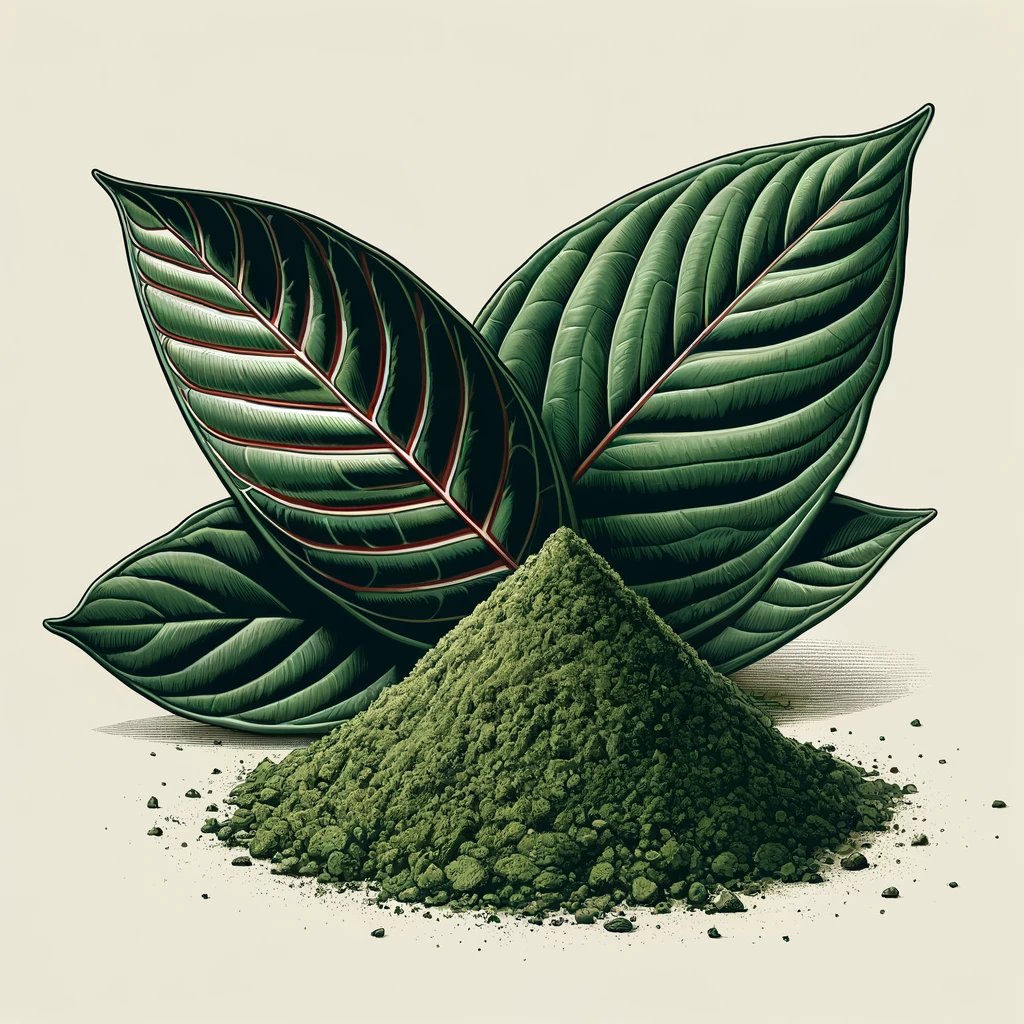
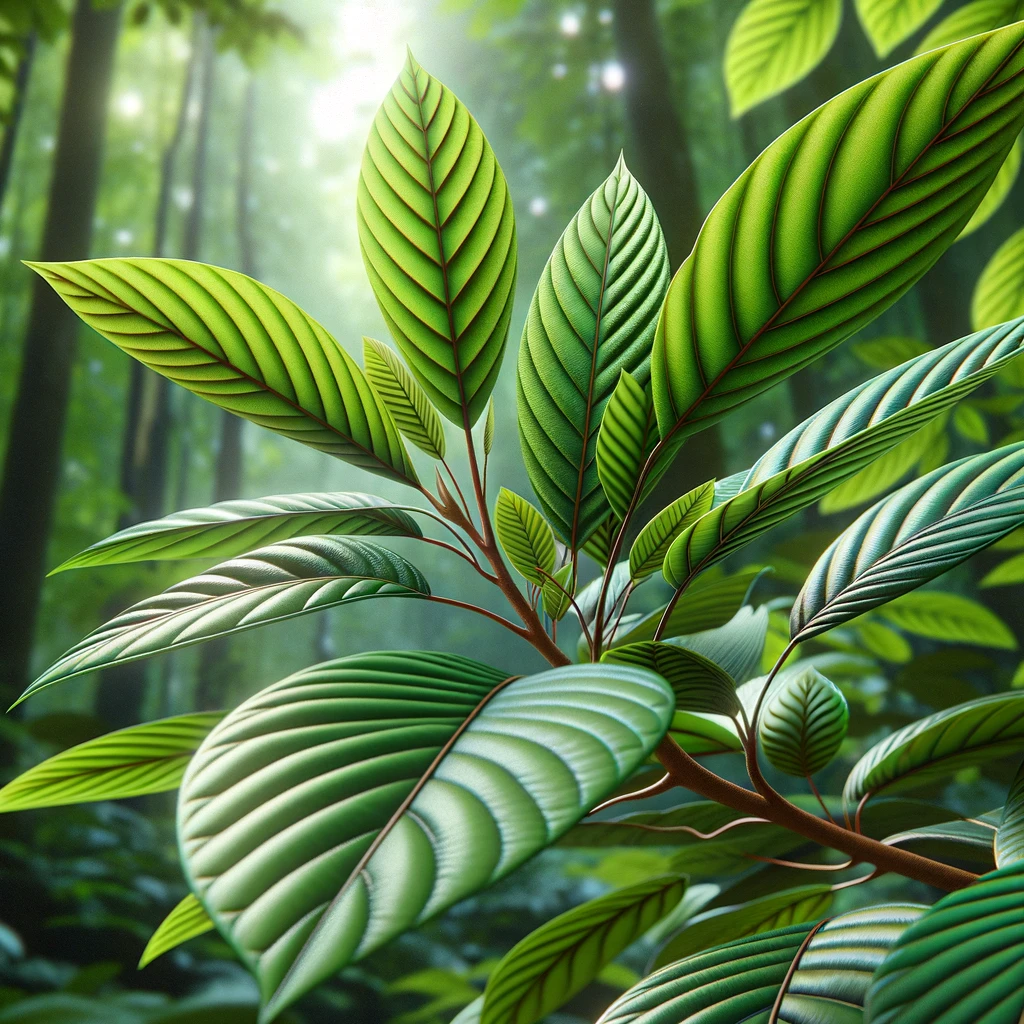
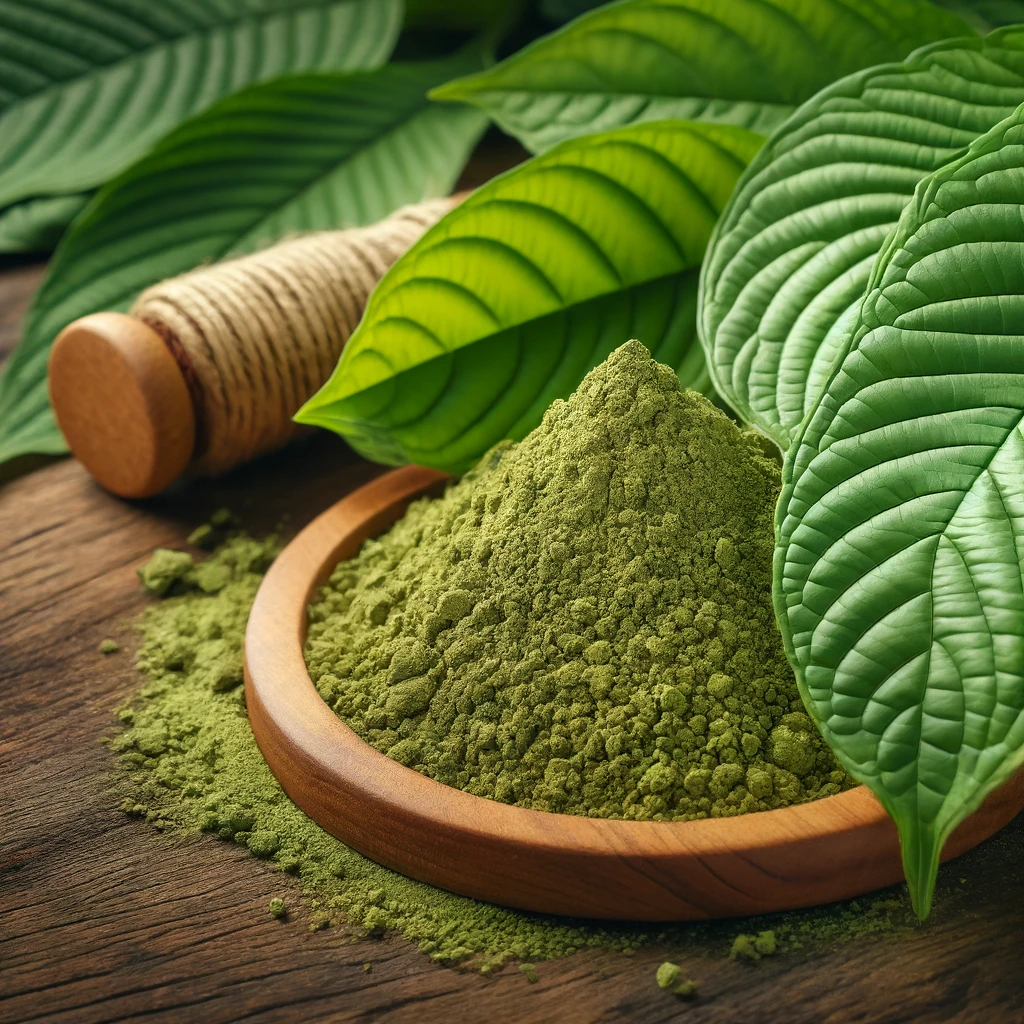
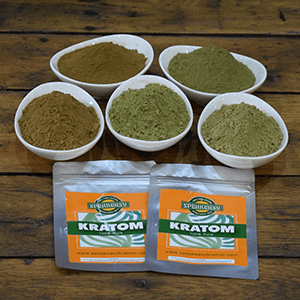
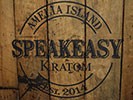
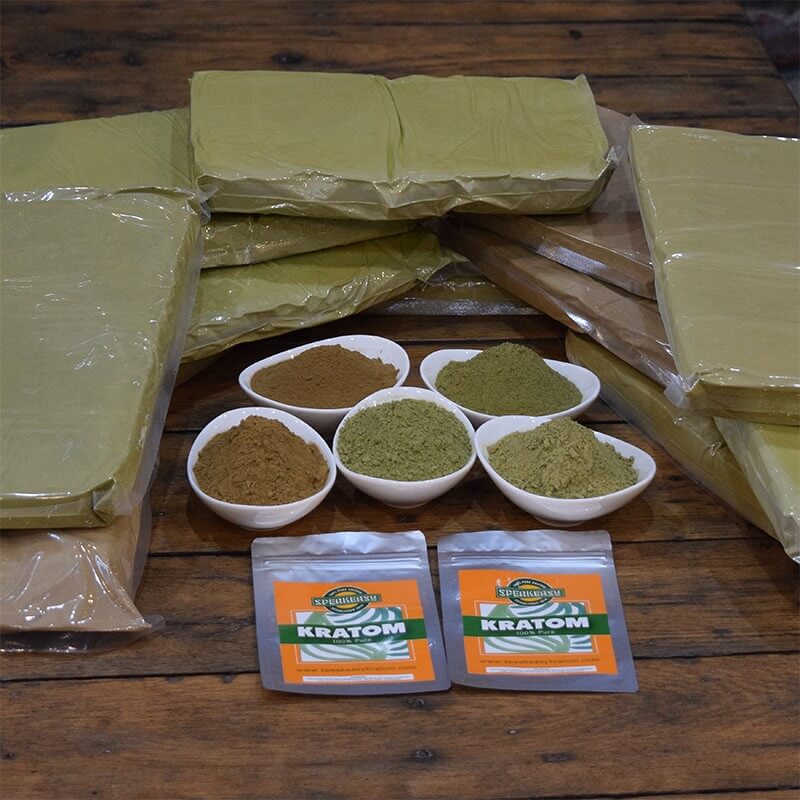
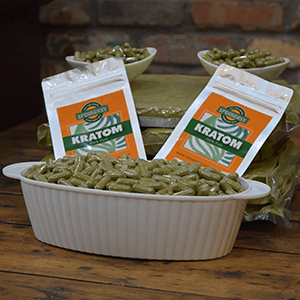
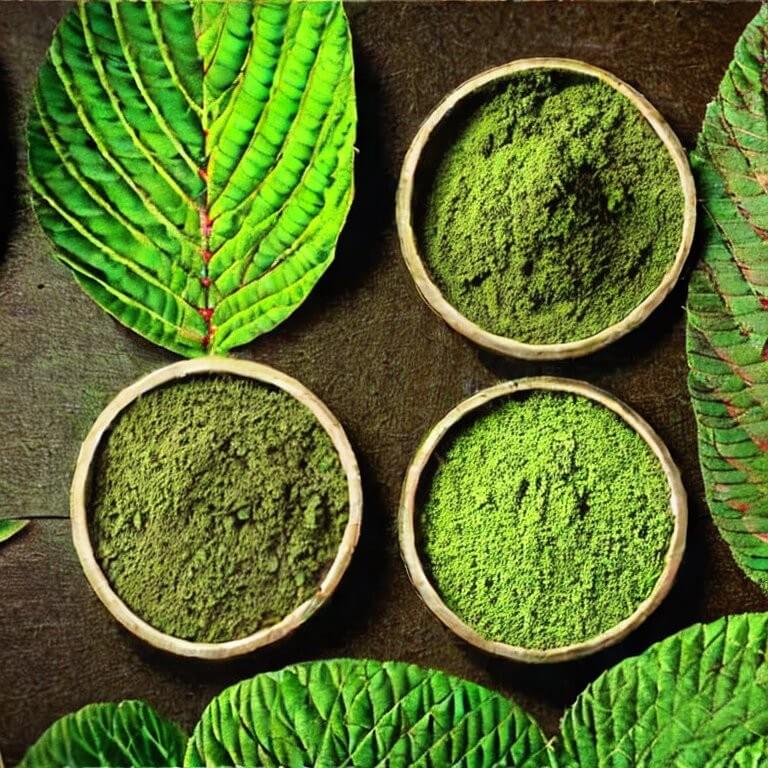
Leave a comment